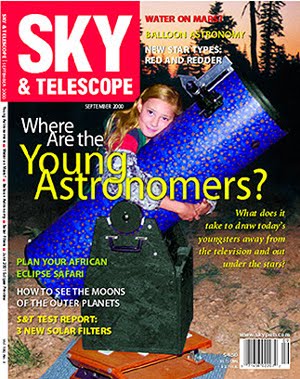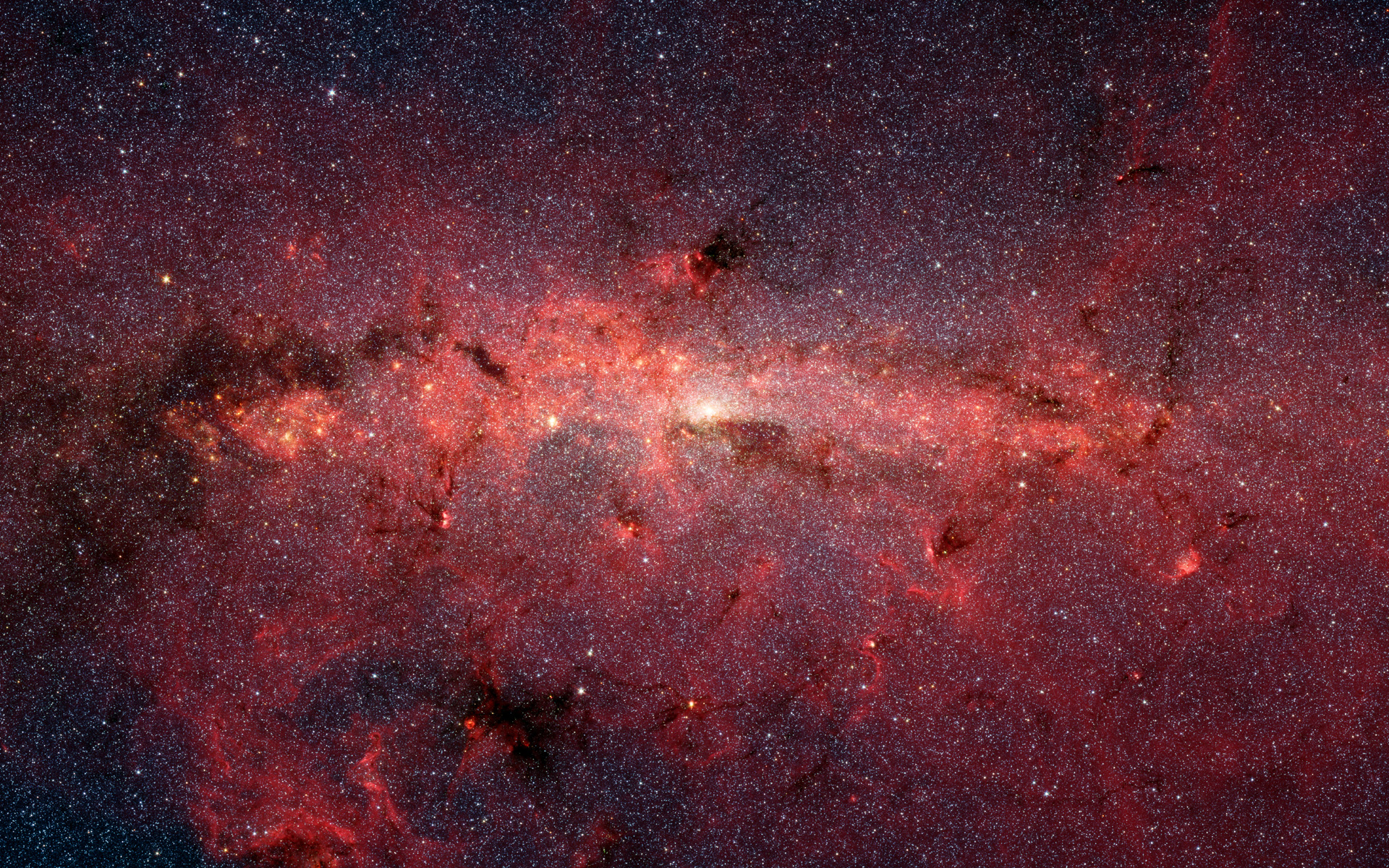I had been out observing on Tuesday night, peeking through the haze and intermittent bands of clouds. La Nina has been a relatively dry phenomena here is the San Francisco bay area, but it has sure been cloudy. Oddly, or as Murphy would have it, the rainy days did tend to be weekends, meaning no astronomy or other outdoor family activities. So, here I was, out on Thursday night, in my backyard.
I had set up an astronomy blind on the back fence in my yard. The neighbor's kitchen window, blasting a few thousand watts of halogen laced visual purple bombs had to go. I have two PVC poles and a dark green tarp that gave me about 20 feet of avoidance in my usual backyard setup spot. What a difference a bit of dark adaptation can make!
Occasionally, I post a bit of history about my observing locations, and would like to do so about my home town of Los Gatos. The name is Spanish, meaning "The Cats". In old days, the town was involved in Quicksilver (Mercury) mining, and was a vacation playground to the wealthy inhabitants of San Francisco, with many Victorian summer homes/cottages nestled into the eastern slope and valley floor along California's coastal mountain range. Author John Steinbeck owned a home here. The mountains are beautifully green, with timber of redwood and pine being predominant. On the western side of the mountains is the old beach town of Santa Cruz, about 30 minutes driving time along twisty highway 17. This is the location along California's San Andreas fault that shook in 1989, at Loma Prieta, bringing all of the San Francisco bay area to a standstill for day.
Destruction of home, freeways and even the Bay Bridge were seen on television, from my home town (my swimming pool is now slightly inclined on its northern side) to San Fran and Oakland. Los Gatos is a bedroom community of San Jose, home to "Silicon Valley" and such companies as Netscape, Intel, AMD, Cisco Systems, Sun Micro and scores of other techie giants. This, of course, means people I observe with have pretty good disposable incomes to purchase equipment for their hobbies. As you read some of these observing reports from Fremont Peak and Montebello, you'll note the fine equipment mentioned.
But, back to Thursday night. The sky was fairly clear, but it did seem bright. I was going to continue observing open clusters and an odd galaxy, globular or planetary along the way.
I began by looking at NGC 2903 in Leo, to gauge the seeing. About the same as cloudier Tuesday night. I suppose that meant that although there were more clouds on Tuesday, the sky glow was brighter tonight.
Again, as on Tuesday, I was using my 10" f/5.6 dob with a 20 mm Nagler, 6x30 finder, Telrad, Tirion 2000 chart and the Companion by Robert Strong.
I returned to Gemini, to re-check NGC 2304. I felt that the last time, I was guessing at seeing it. 2304 is a dim open cluster, about 5' in size. It was not very dense, and all the stars appeared to be in a small range of brightness. I did a drawing, which now looks like a wrist and hand. The wrist being several stars in a line, which then branches out into "fingers" of perhaps three other chains of stars spreading away from "the wrist." I had to use the 6x30 finder to hop to this object. It as dim, I would have missed it without star-hopping. Overall, it seemed to take up about 1/3 the field of view, with some hint of many dimmer stars involved.
I moved to NGC 2311, which contained many bright components. The open cluster filled about 2/3 my field of view, and was very easy to identify in the surrounding star field. My drawing shows many stars in a slim horizontal line, with an inverted pyramid of stars handing below the center of the line, and another bunch also extending downward off the right end. It was an interesting view.
NGC 2324 looked like a running-man stick-figure, an inverted V for legs, a fuzzy patch at the left side foot, a string of stars extending off the right leg and going "forward", and two arms off the top of the V. This was a very attractive cluster, with most stars being about the same magnitude. There seemed to be many dimmer components embedded between the legs. The group is shown as mag 8.4 nd about 8' in size.
Next was a really nice looking open cluster, NGC 2353 in Monoceros. In the bight sky, these clusters in bright-star poor areas are difficult to located. I was relying more and more on the optical finder to hop stars below naked-eye threshold. 2353 is listed as 20' in size and mag 7.1. It has two quite bright stars in the group. The shape of the cluster is interesting, being a long, extended up from a wide-based triangle of stars, sweeping up with two branches of stars extending off in the same direction.
The lower extension was bulbous, making me think of a chicken embryo and yolk sack, while the one at the top was thin and long. The yolk extension had a bright star at the far size, the other bright star was at the bottom and just left of the cluster. I did a quick sketch. There were few bright stars in the group, but the shape and number of dim stars was easy to detect.
I star-hopped to NGC 2343 next. My book said 20 stars, but some of them must be very dim. I counted about 11 or so. This cluster appears as a triangle of three brighter stars, with the base of the triangle at the bottom of my field of view. A line of perhaps four crosses the center of the triangle horizontally between the top star and base stars. On either side of the top star are a pair of dmmer stars, parallel to the line of four crossing the center of the triangle. There were hints of a haze to this cluster as well. I consider this one a poor cluster.
This was work. I loved being out back, in the crisp winter air. I had started off without a hat, but temps must have been dropping, and I zipped up my winter coat and put on a Soviet Ushanka, which kept me plenty warm. I also wondered about the seeing tonight...as, although I had dealt with my neighbor's kitchen light, they'd put a fire in their fireplace, which I could smell, and see some sparks from their poorly capped chimney, and I wondered how much additional distortion and smoke I was getting. Oh well. Urban Astronomy.
I took up again with NGC 2335, a hard to find stubby "T" of stars in Monoceros. This cluster measures about 12' in spread and shines at a combined mag 7.2. That mag must be photographic, as this was dim, if this was indeed the cluster... I can't be certain. There may have been some haze there, but again, not sure. If that is the cluster, don't waste your time.
Now I moved on to NCG 2354 in Canis Major, which was quite low. All I could see was a large haze. Maybe again from a better location.
NGC 2355 in Gemini took up about 1/2 the field of view, but was only a dim haze shaped like a wreath or letter H. Tough object for in-town.
Finally. A WINNER! NGC 2360 was beautiful. It was large, taking up over 1/2 the field, contained may hundreds of stars, and looked somewhat like a globular cluster. It is also quite old for an open cluster, at 1.3 billion years. This is easy to locate. Looking longer at the cluster, you begin to see an hourglass shape. The book says it is in Canis Major, is 13' across and a mag 7.2 object. I find those numbers deceptive, for after looking at some very dim almost-not-there clusters, this one was big and easy.
Just for fun, at that point I swung over to M65 and M66, which were now up high. They were obvious fuzzy spots without detail. The Hamburger (NGC 3628) was nowhere to be found. Not a galaxy night.
Next, my list, generated from Gary Dean William's NGP freeware, showed NGC 2392, a planetary at mag "0"... mag zero? This had to be a misprint. But then the number rang a bell. It was the Eskimo or Clown-face nebula. This one, at lower power (74x) did the "Blinking Nebula" trick... appearing as a dim blue star with my most direct vision, and them brightening very noticeably with a halo around it as soon as my fixed stare broke. Try it.
I move to NGC 2395 - which I note as a "nothing cluster" from in town. The only thing that might reveal it is a smudgy haze, like a large dim galaxy.
The next object intrigued me. NGC 2419 in Lynx is called the "Intergalactic Wanderer"... the furthest known of our globular clusters. Its distance is estimated at 300,000 light years, whereas most such clusters we are accustomed to viewing at maybe a couple tens of thousands of light years distant. Well, this one put me to the test. It is in a star poor area. I tried every possible method I could think of to triangulate to it. I used my 6x30 finder to star hop. I was sure I was on the right one or two stars to view it. Then, I saw a smudge, barely. Out came the 20 Nagler and in went the 12 Panoptic, to see if I could get more contrast. But the object was gone. I could not recover it. I spent up to an hour. What an idiot! Finally, beaten, I gave up. I thought I'd seen it, but it got away.
It was. all-in-all, a decent backyard night. I was hoping the sky would stay this clear for the next night, as I had clear sailing to get out of work early and head up to Fremont Peak for a Friday night with the gang.
Who knew what a challenge the next day would be.












No comments:
Post a Comment